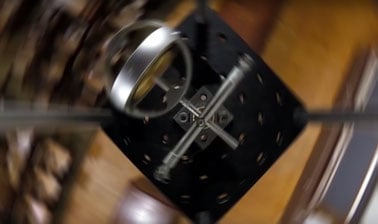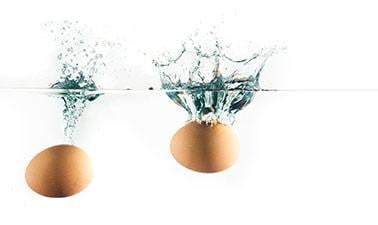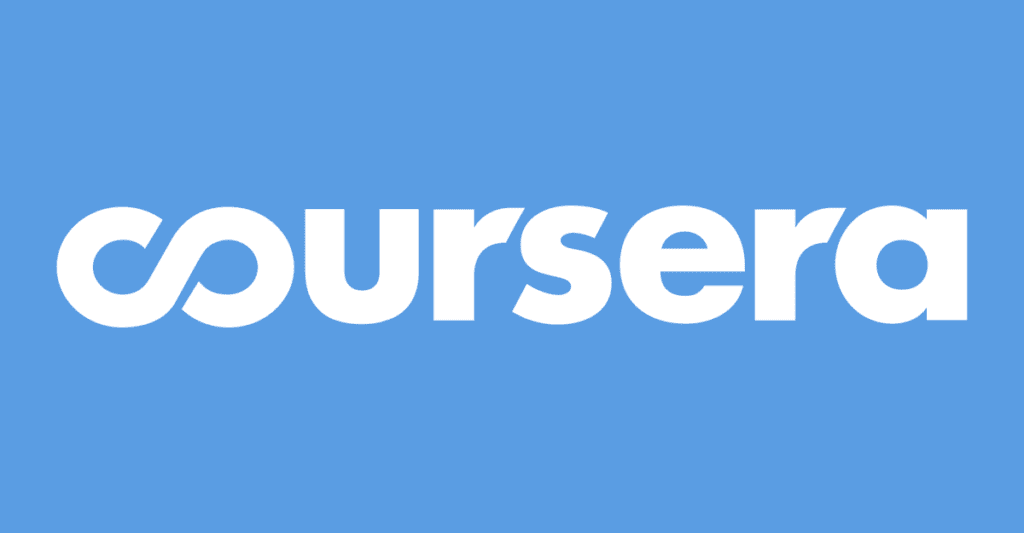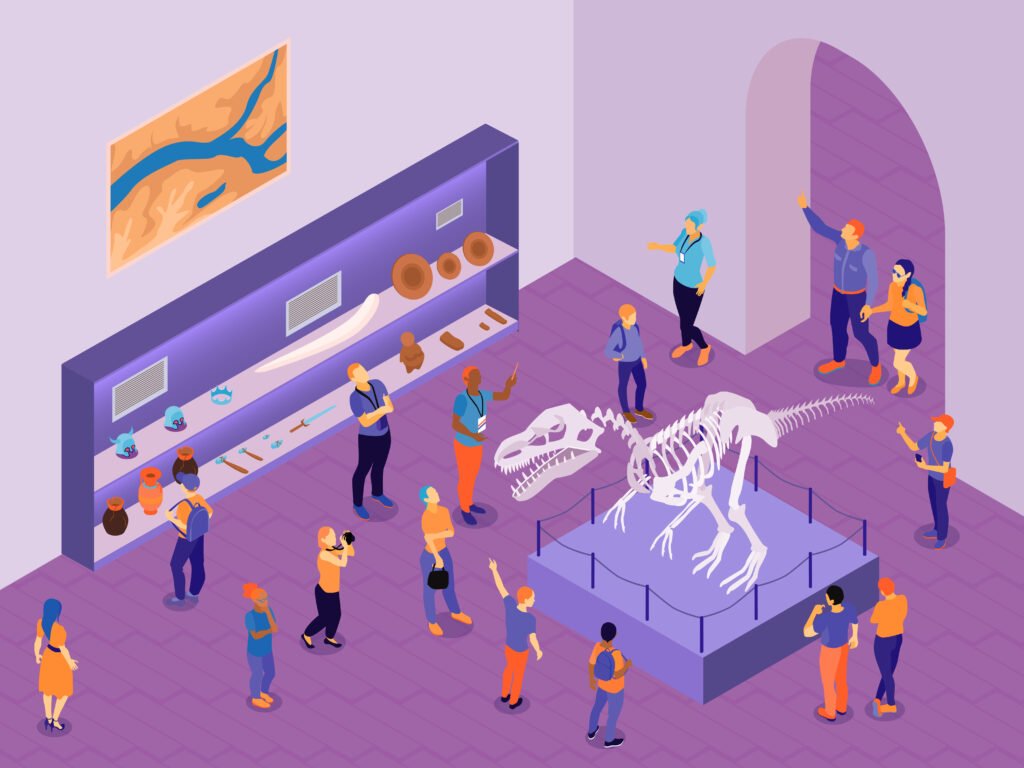The online wave interference simulations on this page teach you in a practical way what this interesting phenomenon looks like and show you different real-world examples. We will discover what the principle of wave interference is, what the main types of wave interference are, and some of the most notable patterns of interference.
What is wave interference
Wave interference is a phenomenon that occurs when two or more waves overlap each other. In this process, the waves interact and can combine constructively or destructively, depending on their relative phase. This phenomenon can be observed in different contexts, from light waves to sound waves.
Principle of wave superposition
The principle of wave superposition is the basis for understanding wave interference. This principle states that “When two or more waves coincide at the same point, the resulting disturbance is the algebraic sum of the individual disturbances.” In other words, if one wave causes an upward displacement and another wave also causes an upward displacement, the result will be a greater upward displacement. If one wave causes an upward displacement and another causes a downward displacement, the two waves cancel each other out and the result may be smaller or even zero. This behavior gives rise to two main types of wave interference: constructive and destructive.
Types of wave interference
The principle of wave superposition gives rise to two main types of wave interference: constructive or destructive.
Constructive interference
Constructive wave interference occurs when waves reinforce each other. When two waves are in phase, i.e., the peaks of one wave coincide with the peaks of the other, constructive interference occurs. In this case, the amplitudes of the waves add together, resulting in a wave with greater amplitude.
Destructive interference
Destructive wave interference occurs when waves partially or totally cancel each other out. When two waves are in phase opposition, i.e., the peaks of one wave coincide with the troughs of the other, destructive interference occurs. In this case, the amplitudes of the waves subtract from each other, resulting in a wave with a lower amplitude.
Interference patterns
When several waves overlap continuously, interference patterns appear that depend on the phase relationship, wavelength, and geometry of the system. These patterns are fundamental in physics for demonstrating the wave nature of light, sound, and other waves.
Interference in Young’s double slit experiment
This is one of the most famous experiments in physics. When a coherent beam of light (such as a laser) passes through two closely spaced slits, the light diffracts and the waves overlap. Alternating light and dark fringes are observed on a screen, corresponding to constructive and destructive interference. This experiment was key in demonstrating that light has a wave nature.
Waves on the surface of water
If we throw two stones into a pond, their circular waves overlap. At some points they reinforce each other (crests + crests) and at others they cancel each other out (crests + troughs). A network of constructive and destructive interference zones is formed, visible on the surface.
Waves on a string
When a wave reflects off the ends of a string or musical instrument, it can coincide with another wave traveling in the opposite direction. The result is standing waves with nodes (stationary points) and antinodes (points of maximum vibration). This phenomenon explains how notes are generated on instruments such as guitars or violins.
Sound patterns
In acoustics, interference can generate areas of reinforcement (high volume) and areas of silence. Example: in a poorly designed auditorium, there may be “dead spots” where sound is barely audible.
Importance and applications of wave interference
The importance of wave interference lies in its ability to explain everyday phenomena and develop key technological applications. In optics, it manifests itself in the colors of bubbles and thin films, as well as being used in interferometers and precision filters; in acoustics, it is applied in active noise cancellation and room design; in telecommunications, it helps improve signal transmission and reception; in music, it explains effects such as beats; and in science, it is the basis for techniques such as holography and interference microscopy. Taken together, it shows how a simple physical phenomenon can have an enormous impact on everyday life and advanced research.
Explore the exciting STEM world with our free, online simulations and accompanying companion courses! With them you'll be able to experience and learn hands-on. Take this opportunity to immerse yourself in virtual experiences while advancing your education - awaken your scientific curiosity and discover all that the STEM world has to offer!
Wave interference simulations
- String I
- String II
- Lab
Overlapping waves on a string II
In this simulation, you can see the result obtained by superimposing waves with different characteristics on a string. .
Waves laboratory
Make waves with a dripping faucet, speakers, or a laser! Add a second source to create an interference pattern. Set up a barrier to explore single-slit diffraction and double-slit interference. Experiment with diffraction through elliptical, rectangular, or irregular slits.
File
- Pattern
- String I
- String II
- Lab
Interference pattern
When two sources produce waves at the same time, interference patterns can be formed. Set the condition for an interference pattern to be established in a wave tank.
Overlapping waves on a string II
In this simulation, you can see the result obtained by superimposing waves with different characteristics on a string. .
Waves laboratory
Make waves with a dripping faucet, speakers, or a laser! Add a second source to create an interference pattern. Set up a barrier to explore single-slit diffraction and double-slit interference. Experiment with diffraction through elliptical, rectangular, or irregular slits.
File
Giants of science
“If I have seen further, it is by standing on the shoulders of giants”
Isaac Newton

Leonhard Euler
–

Isaac Newton
–
Become a giant


Mechanics, Part 2



Mechanics, Part 1



Dynamics and Control



AP® Physics 1: Challenging Concepts



AP® Physics 1



The Basics of Transport Phenomena



AP® Physics 1 – Part 2: Rotational Motion































